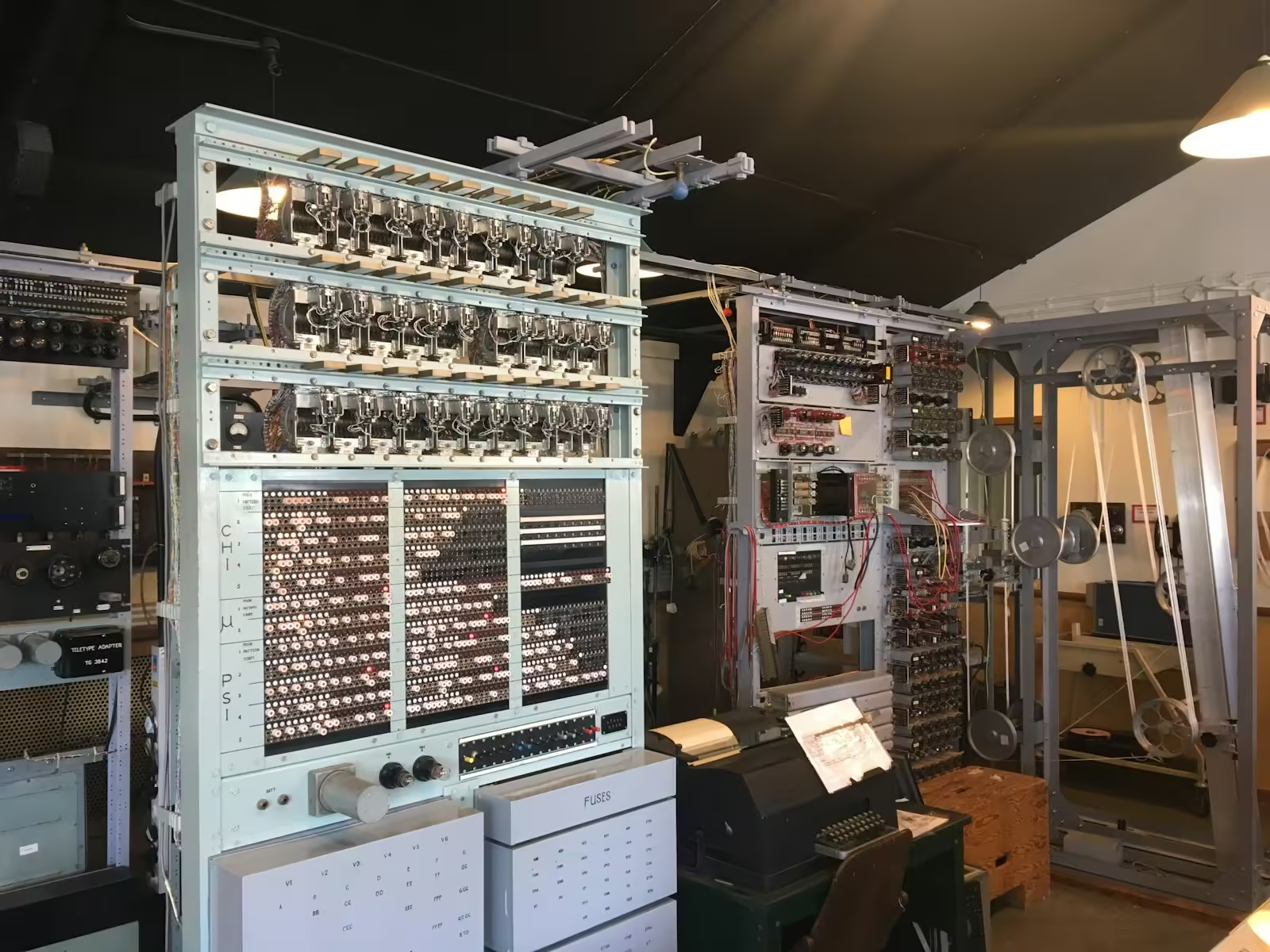
Table of Contents
A new technique for building quantum computers has been developed by researchers who use a femtosecond laser to dope silicon with hydrogen, thereby producing and “destroying” qubits on demand.
The discovery could open the door to the development of quantum computers that connect quantum nodes over a vast network using programmable optical qubits, commonly known as “spin-photon qubits.”
This ultimately results in the creation of a quantum internet that is more data-transmitting-capable and secure than existing optical-fiber information technologies.
This method, which is unique to the study team and led by Lawrence Berkeley National Laboratory (Berkeley Lab), could help the quantum computing field overcome difficulties with qubit production and quality assurance.
Importance of qubit connection in quantum computers
Even some of the world’s fastest supercomputers cannot tackle challenging problems in artificial intelligence, drug development or human health millions of times faster than quantum computers.
A network of quantum computers may make it possible to speed up these findings. But before that happens, the computer industry needs a reliable method to connect billions of qubits, or quantum bits, with atomic precision.
The research community. has had difficulty connecting qubits. In some processes, qubits are randomly generated from crystal lattice defects in silicon by subjecting the entire wafer to extremely high temperatures in a rapid annealing furnace.
Building a quantum computer of interconnected qubits without precise knowledge of the qubit locations in the material would be challenging.
Precision qubit formation with lasers
The novel technique creates programmable defects in silicon known as “color centers” through a gas atmosphere. These color centers are potential possibilities for “spin photon qubits” or special telecommunication qubits.
Additionally, this technique uses an ultrafast femtosecond laser to anneal the silicon precisely where the qubits should be developed.
The study’s first author, Kaushalya Zuria, is a postdoctoral scholar in Berkeley Lab’s Accelerator Technology and Applied Physics (ATAP) department.
“We need qubits that can be reliably produced on demand, in the desired location, so we know where the qubit is in the material,” she says of how to build a scalable quantum architecture or network. And that requires our strategy.
Once the location of a particular qubit is established, researchers can figure out how connect this qubit with other components in the system and make a quantum network.
Ci Center: Rising star in quantum computers
The Ci center is a quantum emitter that the researchers discovered during their experiments. Good spin properties, stability at ambient temperature and straightforward structure make the Ci center an attractive choice for spin photon qubits emitting photons in the telecom band.
“We knew from the literature that Ci can form in silicon, but we didn’t expect our approach to make this new spin photon qubit candidate,” Zuria said.
The scientists discovered that processing silicon in the presence of hydrogen at low femtosecond laser intensities helped the formation of Ci color centers.
Additional research showed that by increasing the power of the laser, the hydrogen could move more freely, deactivating the unwanted color centers without tearing the silicon lattice.
Future of quantum computers
Using this method, the team hopes to discover novel spin photon qubit candidates with characteristics tailored to specific applications and incorporate optical qubits into quantum devices in waveguides and reflective cavities.
“Now that we can consistently create color centers, we aim to achieve quantum entanglement by allowing different qubits to interact with each other and decide which ones work best. Zuria commented, “This is just the beginning.
“The ability to create qubits in programmable locations in materials such as silicon that are available at scale is an exciting step toward practical quantum networking and computing,” says Cameron Geddes, director of the ATAP department.
Berkeley Lab’s breakthrough in qubit control
Ultimately, the Berkeley Lab team’s discovery presents exciting new opportunities for the future development of quantum networking and computing.
They have made great strides in overcoming obstacles that have hindered the creation of scalable quantum systems by developing techniques to precisely create and manipulate qubits using femtosecond lasers and hydrogen doping.
We are getting closer to realizing the full potential of quantum technology as the team investigates the possibilities of the C center and other spin photon qubit competitors.
Their research paves the way for the development of secure, high-capacity quantum networks and computers that have the potential to transform a wide range of industries, including artificial intelligence, drug development, healthcare and more.
READ | An Othello game is solved by a computer scientist
READ | A new solar-powered air-to-water converter can produce 19 liters per day.
READ | What is the smallest Arduino board available, and is it a worthwhile purchase?


4 thoughts on “With this new technology, building a quantum computer has never been easier.”